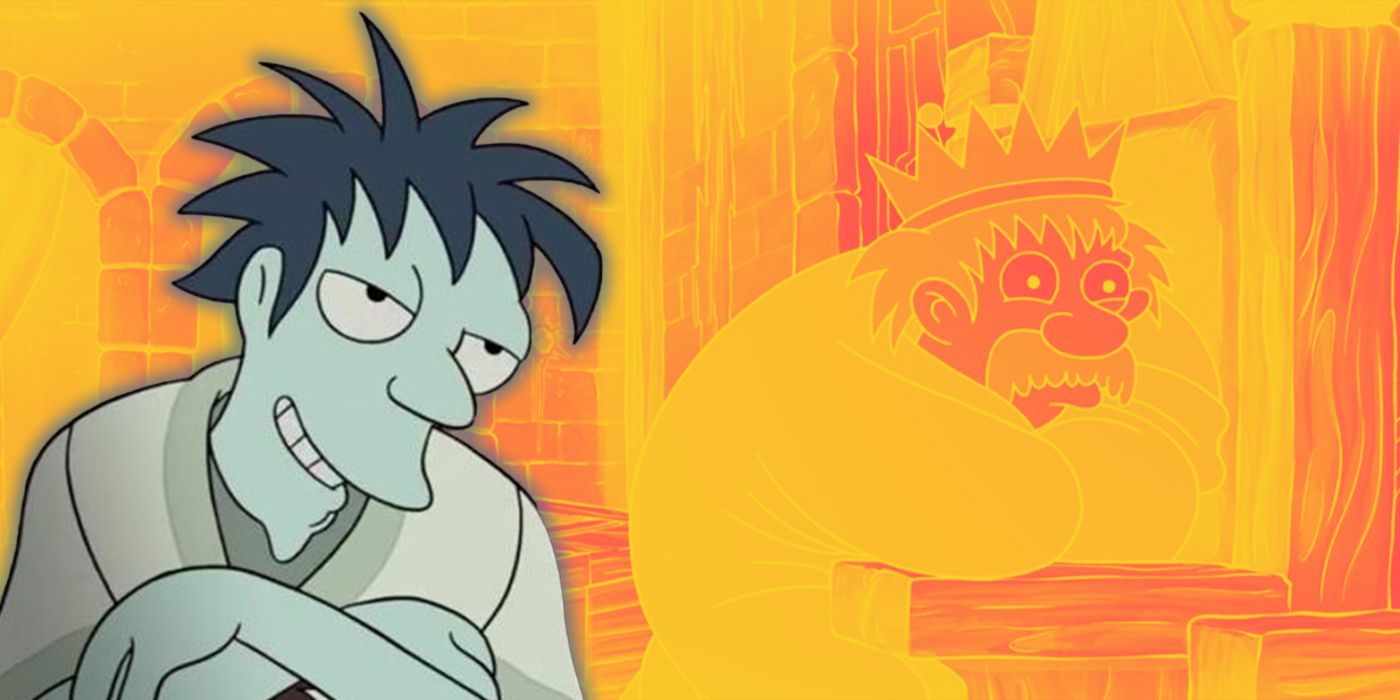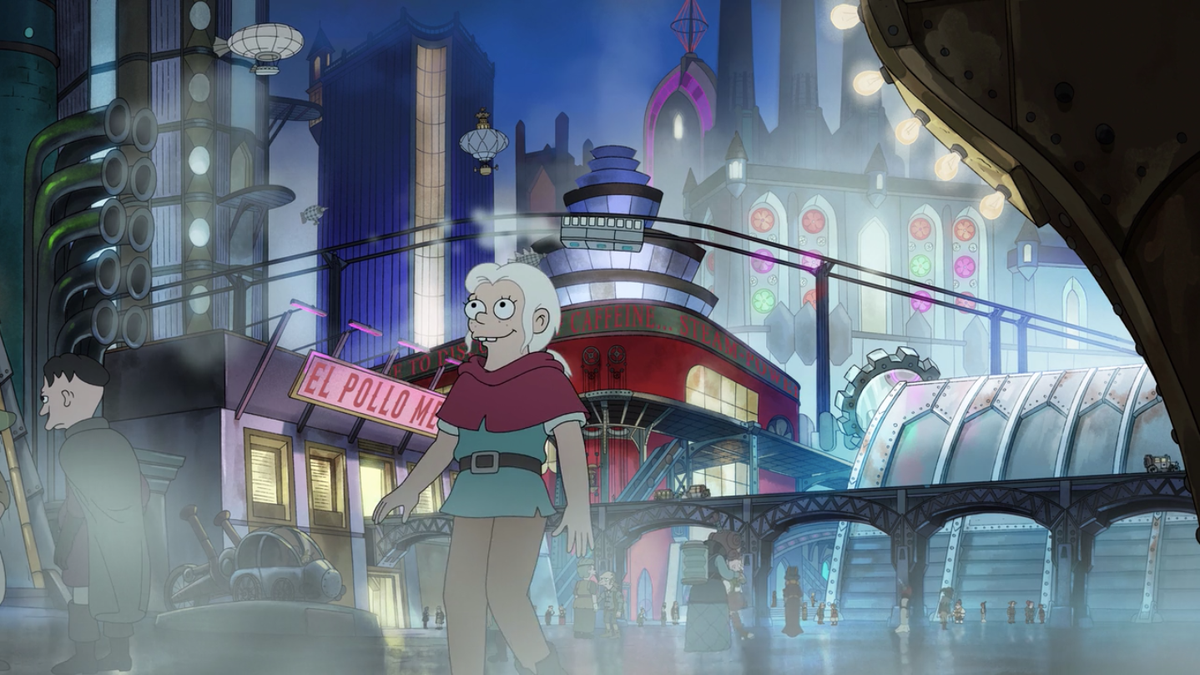

“You pull back the hood of the bandit leader to reveal his forehead has a tattoo of the same mysterious snake symbol you saw in the queen’s chamber!” You do not need to use every hint you jot down, but it helps to have them. You can also refer to the list whenever you give the characters an on-the-fly revelation that you want to carry weight and see what inspiration strikes. Think about how they might tie into your current story and challenge yourself to include one or two in your next session.

Jot down these hints and when you prepare for your next game look them over. Keep a notebook, mobile phone, laptop, or some other way to record notes handy as you play. You can encourage players to do the same. Drop hints, hooks, and cryptic messages, even if you aren’t sure where they will go.
DISENCHANTMENT THE MOST UNKNOWN SERIES
Drop Hints… Even If You Don’t Know Where They Leadĭisenchantment gives the viewers a lot of hints of what’s to come in the series without overtly explaining something the moment it comes up.
DISENCHANTMENT THE MOST UNKNOWN FREE
Hand out this knowledge to your players when it is relevant and feel free to remind them, since the characters live in the world and are steeped in the culture and history, but the players are not. These are facts that the characters have always known, just by living in the world (for instance, most Americans know the legend of George Washington and the cherry tree). If the players already having the knowledge only makes it easier for them to grok your story, don’t make them roll any checks to get the knowledge (though you could have them make a check to see if they know anything else about the topic that could be more helpful). You can inform your players, “Hey you would know that three years ago the orc king tried to takeover the village and his plans were foiled by a plucky group of adventurers called the Savior Six.” Do the same with the knowledge of your world. In Disenchantment most people seem to have general knowledge about the things happening in the world, but they don’t share that knowledge until it makes sense for the story. You can even put some of the worldbuilding onus on your players and ask them, “What’s over the hills to the north that terrorizes the people of the village?” Share Knowledge Freely With this method you grow your world more organically and can tailor it to the story your players want to tell, rather than forcing them to cross a desert to get to an adventure location just because you put a desert there six months ago when you made the world all at once. Start small, with maybe a single village or city with a few surrounding features, and build out from there. No need to start out with over a hundred pages of lore your players need to read just to understand what’s happening in your game.


The same worldbuilding advice applies to our games. The series slowly reveals new aspects of the story one point at a time as they become relevant to the story. Yet when the series begins most of the action is focused on a single kingdom with a cliché story (a rebellious princess doesn’t want to enter the marriage her parents arranged). There are multiple kingdoms with even more surrounding wildnerness areas, rich NPCs, complicated governments, unique monsters, history-laden magic items, and an interesting mix of medieval technology. Build Slowlyīy the season finale, the depth of the world of Disenchantment is obvious. Here are five lessons I took from the series that can apply to building worlds in and running roleplaying games. Whatever you may think of the series’ humor, when I look at the way the show is structured, I find it does a great job building a fantasy world and story. Last night my wife and I finished watching the first season of Netflix’s Disenchantment. Hey guess what? You can preorder my level 1 – 20 fifth edition adventure right now! The prices are about to go up, so preorder now to get the best deal.


 0 kommentar(er)
0 kommentar(er)
